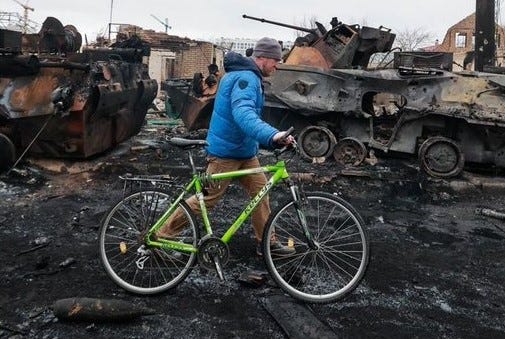How to Break a Russian Offensive
By studying Russian history
Every Ukrainian city is a potential First Battle of Grozny for Russian armor.
The campaign to stop Chechnya breaking away in the winter of 1994-1995 started out as a disaster. The Russian Army was forced to pause and reorganize with new tactics after heavy losses. It was especially embarrassing that their most advanced tanks were sitting ducks in the cl…
Keep reading with a 7-day free trial
Subscribe to Polemology Positions to keep reading this post and get 7 days of free access to the full post archives.


